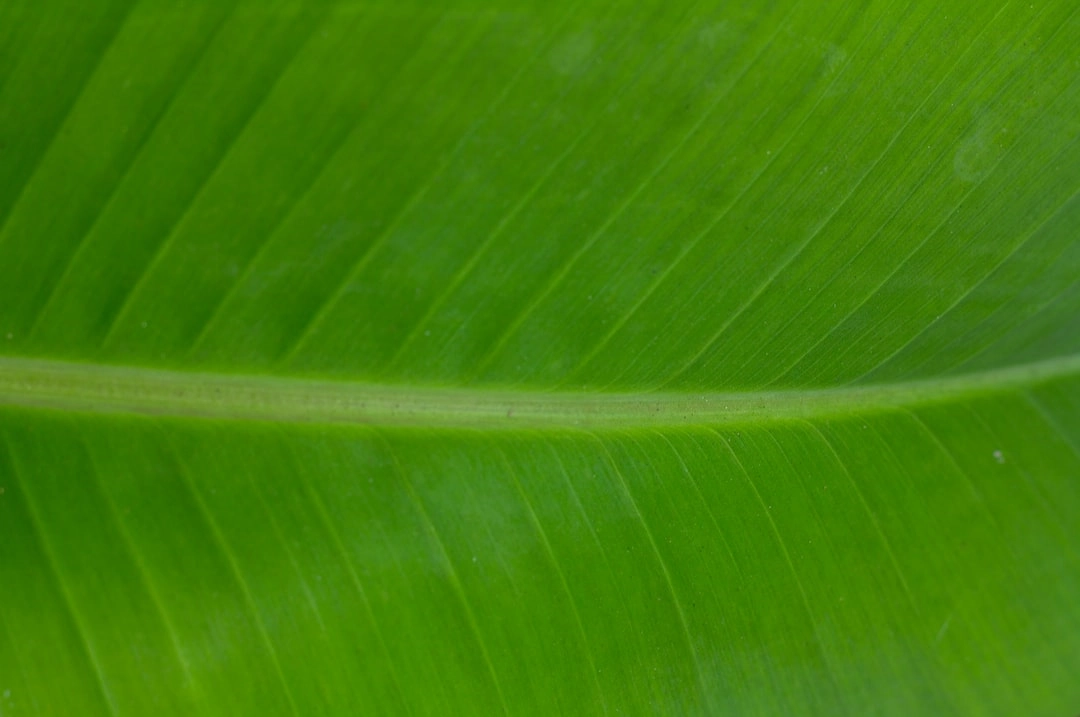
What it is:
Harnessing the Wind: Roots of Sustainability in Aerial Sports is an exploration of the intersection between adrenaline-fueled activities such as skydiving and paragliding, and the urgent need for sustainable practices. Aerial sports enthusiasts have a unique opportunity to connect with the environment in a breathtaking way, but they also face significant challenges in minimizing their impact and protecting the habitats they enjoy.
Real-World Problems:
1. Carbon Footprint: Aerial sports rely heavily on the use of aircraft, which contribute to greenhouse gas emissions. The burning of aviation fuel releases CO2 into the atmosphere, exacerbating climate change. Aiming to reduce the carbon footprint is a critical challenge for the aerial sports industry. Finding alternative energy sources or investing in more fuel-efficient aircraft are potential solutions that need to be explored.
2. Noise Pollution: The high level of noise generated by aircraft used in aerial sports activities can disturb wildlife and disrupt the tranquility of surrounding environments, leading to negative impacts on local ecosystems. Efforts to minimize noise pollution through the use of quieter aircraft and implementing flight restrictions in sensitive areas are important steps towards sustainability.
3. Waste Management: Parachutes, harnesses, and other equipment used in skydiving and paragliding have a limited lifespan. Proper disposal or recycling of damaged or obsolete gear is essential for minimizing waste and its impact on the environment. Encouraging manufacturers and users to adopt more sustainable manufacturing practices and materials can also help reduce the environmental footprint of aerial sports equipment.
4. Habitat Preservation: Many aerial sports enthusiasts seek out unique and scenic locations to enjoy their activities, such as national parks and nature reserves. However, the influx of visitors and the physical impact of aerial sports on these fragile ecosystems can disrupt or even destroy habitats. Striking a balance between access and conservation is a crucial issue that needs to be addressed through partnerships with environmental organizations and responsible tourism practices.
5. Education and Awareness: The lack of understanding of environmental issues among participants in aerial sports can hinder progress towards sustainability. Promoting education and awareness about the ecological significance of the areas used for aerial sports can help instill a sense of responsibility and encourage more eco-friendly practices. Collaborating with environmental organizations and incorporating environmental education into training programs can play a significant role in addressing this challenge.

Solutions for Sustainability in Aerial Sports:
Here are some potential solutions for addressing the environmental challenges faced by aerial sports enthusiasts:
1. Carbon Footprint:
– Transition to electric aircraft: Investing in electric-powered planes for aerial sports activities can significantly reduce carbon emissions.
– Promote carpooling and public transportation: Encourage participants to share rides or use public transportation when traveling to aerial sports locations to reduce individual carbon footprints.
2. Noise Pollution:
– Use quieter aircraft: Transitioning to quieter aircraft or implementing noise reduction technologies can help minimize the impact of noise pollution on wildlife and local communities.
– Plan flight routes strategically: Avoid sensitive wildlife areas and residential neighborhoods when planning flights to minimize noise disturbances.
3. Waste Management:
– Implement equipment recycling programs: Develop initiatives to recycle or repurpose old or damaged equipment, reducing the amount of waste generated by aerial sports activities.
– Promote sustainable gear manufacturing: Encourage manufacturers to use eco-friendly materials and design products with longevity and recyclability in mind.
4. Habitat Preservation:
– Partner with conservation organizations: Collaborate with local environmental organizations to establish guidelines and best practices for aerial sports activities that prioritize habitat preservation.
– Practice responsible tourism: Promote responsible behavior among aerial sports enthusiasts, such as staying on designated paths and respecting no-fly zones in sensitive areas.
5. Education and Awareness:
– Environmental education in training programs: Incorporate environmental awareness and conservation principles into training courses for aerial sports enthusiasts.
– Collaborate with environmental organizations: Work together with environmental organizations to develop educational programs and resources that highlight the importance of protecting natural habitats.















